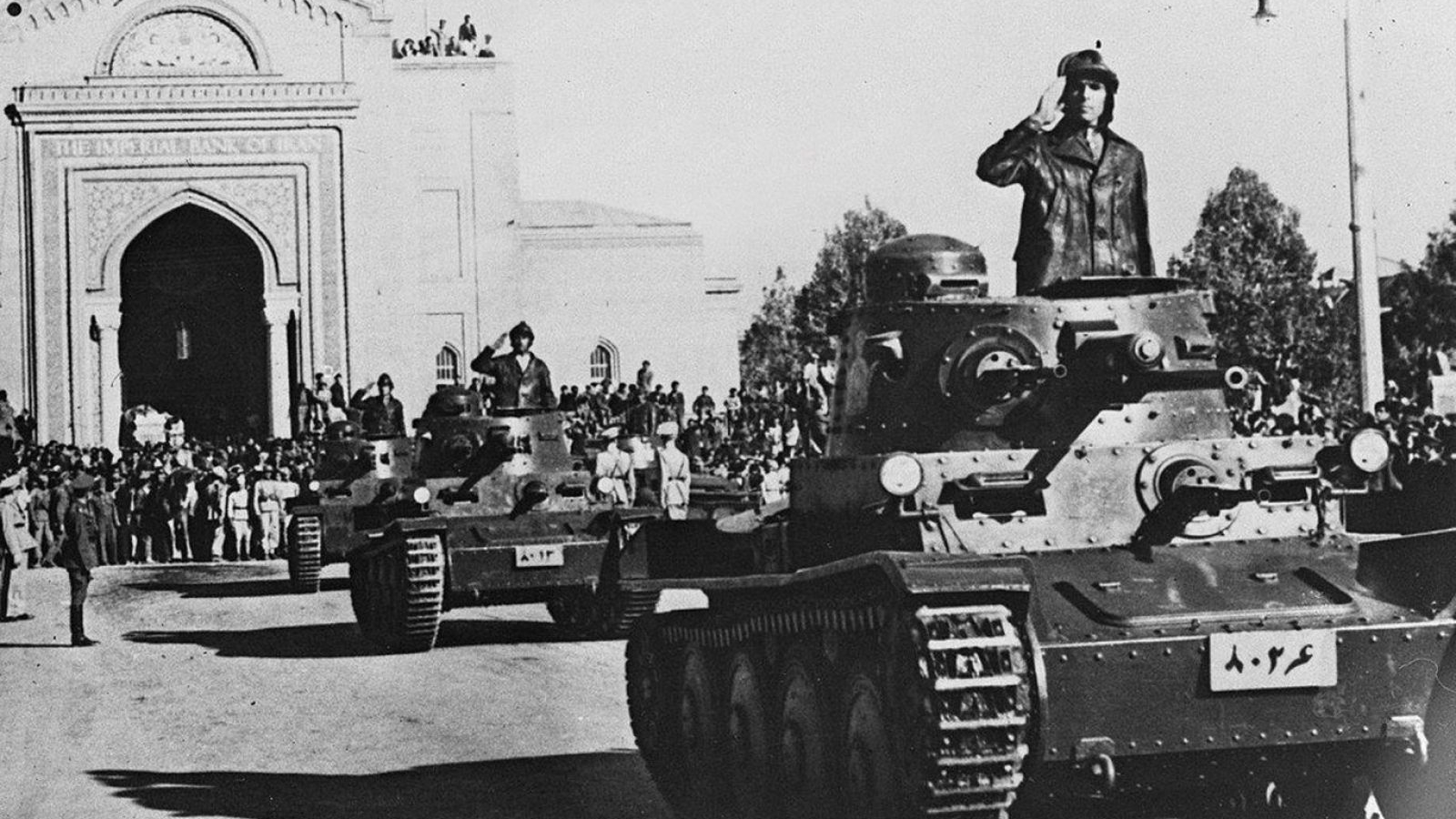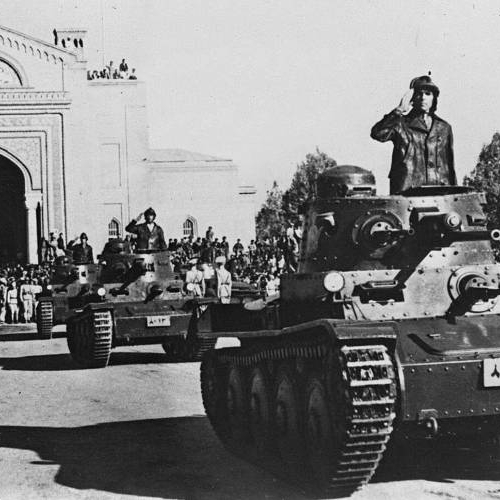The Imperial Iranian Army was one of the main and largest branches of the Imperial Armed Forces

The Imperial Iranian Army
The Imperial Iranian Army was one of the main and largest branches of the Imperial Armed Forces, extensively modernized and strengthened during the Pahlavi era. This force was primarily responsible for defending Iran’s land borders and maintaining internal security, and by the reign of Mohammad Reza Shah Pahlavi, it had become one of the most powerful ground forces in the region.
The Imperial Iranian Army was one of the main and largest branches of the Imperial Armed Forces, extensively modernized and strengthened during the Pahlavi era. This force was primarily responsible for defending Iran’s land borders and maintaining internal security, and by the reign of Mohammad Reza Shah Pahlavi, it had become one of the most powerful ground forces in the region.
Statistics and Equipment of the Imperial Iranian Army:
Before the 1979 Uprising, the Imperial Iranian Army was considered one of the largest in the region. The active personnel of the army was estimated to be between 200,000 to 220,000 soldiers, including infantry, armored divisions, artillery, and special forces. Additionally, the army had significant reserves and backup forces that could be mobilized when needed.
Modern Equipment and Combat Power:
During the 1960s and 1970s, the Imperial Iranian Army became one of the best-equipped forces in the region, purchasing advanced weapons and military equipment, primarily from Western countries, including the United States and the United Kingdom. Key equipment included:
1. Advanced Tanks: The army was equipped with modern tanks such as the British-made Chieftain and the American M60 Patton, with the Chieftain being one of the most advanced tanks in the world at the time.
2. Armored Vehicles: The army utilized a variety of armored vehicles for transporting troops and equipment.
3. Artillery: The army’s artillery units were equipped with long-range cannons and modern mortars, capable of providing extensive fire support in combat.
4. Support Aircraft: The army also had attack helicopters like the Bell AH-1 Cobra and transport helicopters to move troops and equipment quickly during military operations.
5. Special Forces: During this period, Iran established elite units, such as the Green Berets, trained for special operations and guerrilla warfare.
Strength and Strategic Role:
With this modern equipment and advanced training provided by Western advisors, the Imperial Iranian Army became one of the strongest ground forces in the Middle East. The army not only secured Iran’s borders but also played a crucial role in maintaining internal security and countering domestic threats.
In conclusion, by the 1960s and 1970s, the Imperial Iranian Army had undergone significant modernization and expansion, which made it a formidable military force, symbolizing the military and strategic power of Iran under the Pahlavi regime.
